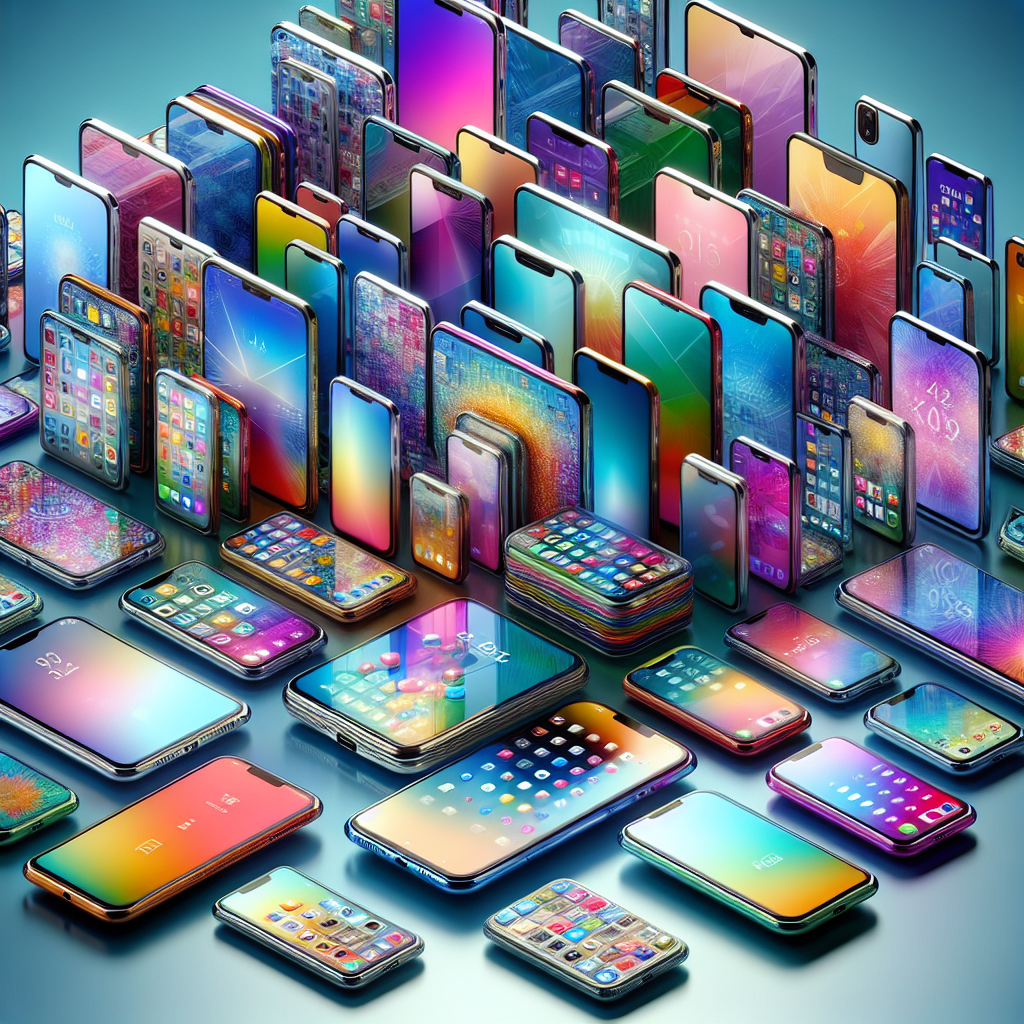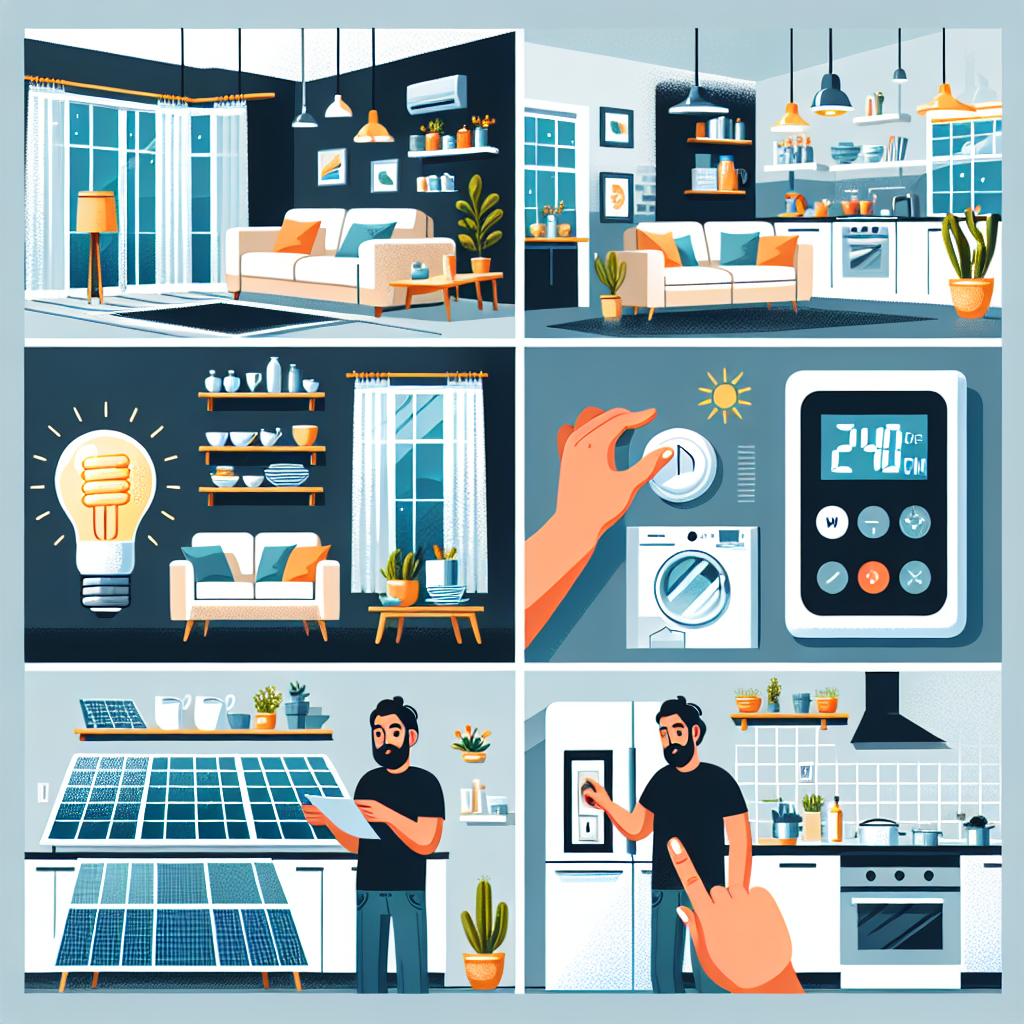-
Table of Contents
“Empowering the future with intelligent technology.”
Introduction
Artificial intelligence, or AI, is a rapidly growing field of computer science that focuses on creating intelligent machines that can think, learn, and problem-solve like humans. It involves the development of algorithms and computer programs that can process large amounts of data, recognize patterns, and make decisions based on that information. AI has the potential to revolutionize many industries, from healthcare and finance to transportation and manufacturing. With advancements in technology and research, AI is becoming increasingly integrated into our daily lives and has the potential to greatly impact the future of humanity.
The Impact of Artificial Intelligence on the Job Market
Artificial intelligence (AI) has been a hot topic in recent years, with advancements in technology and data processing capabilities. While AI has brought about many benefits and improvements in various industries, it has also raised concerns about its impact on the job market. As AI continues to evolve and become more integrated into our daily lives, it is important to understand its effects on the job market and how it may shape the future of work.
One of the main concerns surrounding AI is the fear of job displacement. With the ability to automate tasks and processes, many worry that AI will replace human workers, leading to widespread unemployment. While it is true that AI has the potential to replace certain jobs, it is important to note that it also creates new job opportunities. In fact, a report by the World Economic Forum predicts that AI will create 58 million new jobs by 2022.
One of the ways AI is impacting the job market is through the automation of routine and repetitive tasks. This includes jobs in industries such as manufacturing, transportation, and customer service. With the use of AI, these tasks can be completed faster and more efficiently, reducing the need for human workers. However, this also means that workers in these industries will need to adapt and acquire new skills to remain relevant in the job market.
On the other hand, AI is also creating new job opportunities in fields such as data science, machine learning, and AI development. These jobs require specialized skills and knowledge, and as AI continues to advance, the demand for these roles will only increase. This presents an opportunity for workers to upskill and reskill in order to stay competitive in the job market.
Another impact of AI on the job market is the shift towards a gig economy. With the rise of AI, there is a growing demand for freelance workers who possess specific skills in AI-related fields. This allows companies to tap into a global pool of talent and hire workers on a project basis, rather than hiring full-time employees. While this may provide flexibility for workers, it also means that job security and benefits may be compromised.
Moreover, AI is also changing the nature of work itself. With the ability to analyze vast amounts of data and make decisions, AI is taking on more complex tasks that were previously done by humans. This means that workers will need to focus on developing skills that are uniquely human, such as creativity, critical thinking, and emotional intelligence. These skills are difficult to replicate with AI, making them valuable in the job market.
However, the impact of AI on the job market is not limited to just the types of jobs available. It also has implications for the workforce demographics. As AI becomes more prevalent, there is a growing concern about the potential for bias and discrimination in AI algorithms. This could lead to a lack of diversity in the workforce, as AI may favor certain demographics over others. It is crucial for companies to address these issues and ensure that AI is developed and used ethically.
In conclusion, the impact of AI on the job market is complex and multifaceted. While it may lead to job displacement in certain industries, it also creates new job opportunities and changes the nature of work. As AI continues to advance, it is important for workers to adapt and acquire new skills to remain relevant in the job market. Companies also have a responsibility to address ethical concerns and ensure that AI is used in a fair and unbiased manner. The future of work may be shaped by AI, but it is up to us to ensure that it is a positive and inclusive one.
Ethical Considerations in the Development of Artificial Intelligence

Artificial intelligence (AI) has become a buzzword in recent years, with its potential to revolutionize various industries and improve our daily lives. From self-driving cars to virtual assistants, AI has already made its way into our world and is continuously evolving. However, as we continue to push the boundaries of AI, it is crucial to consider the ethical implications of its development.
One of the main ethical considerations in the development of AI is the potential impact on employment. With the rise of automation and AI, there is a fear that many jobs will become obsolete, leaving a significant portion of the population unemployed. This could lead to a widening wealth gap and social unrest. It is essential for developers to consider the potential consequences of their creations and find ways to mitigate the negative effects on employment.
Another ethical concern is the potential for AI to perpetuate existing biases and discrimination. AI systems are only as unbiased as the data they are trained on. If the data used to train an AI system is biased, the system will also be biased. This could lead to discriminatory decisions in areas such as hiring, loan approvals, and criminal justice. It is crucial for developers to ensure that their AI systems are trained on diverse and unbiased data to avoid perpetuating discrimination.
Privacy is also a significant ethical consideration in the development of AI. As AI systems become more advanced, they will have access to vast amounts of personal data. This data could be used for targeted advertising, surveillance, and other purposes without the individual’s consent. Developers must prioritize the protection of personal data and ensure that AI systems are not used to violate privacy rights.
The potential for AI to make decisions that have a significant impact on human lives is another ethical concern. As AI systems become more advanced, they may be given the power to make decisions in areas such as healthcare, finance, and law enforcement. These decisions could have life-altering consequences, and it is crucial for developers to ensure that AI systems are transparent and accountable for their decisions. This includes providing explanations for their decisions and allowing for human oversight.
The use of AI in warfare is also a pressing ethical consideration. The development of autonomous weapons, also known as “killer robots,” raises concerns about the potential for AI to make life or death decisions without human intervention. This could lead to a lack of accountability and ethical considerations in warfare. It is essential for developers to consider the potential consequences of their creations and ensure that AI is not used to harm human lives.
In addition to these ethical considerations, there is also the question of AI’s impact on human intelligence and consciousness. As AI systems become more advanced, there is a fear that they may surpass human intelligence and potentially pose a threat to humanity. This raises questions about the ethical responsibility of developers in creating AI that could potentially surpass human capabilities.
To address these ethical considerations, it is crucial for developers to prioritize ethical principles in the development of AI. This includes transparency, accountability, and fairness. Developers must also involve diverse perspectives in the creation and testing of AI systems to avoid perpetuating biases and discrimination. Additionally, there should be regulations in place to ensure that AI is used ethically and for the benefit of society.
In conclusion, the development of AI has the potential to bring about significant advancements and improvements in our world. However, it is crucial to consider the ethical implications of its development to ensure that AI is used for the greater good and does not harm individuals or society as a whole. By prioritizing ethical principles and involving diverse perspectives, we can create AI that benefits humanity and avoids potential negative consequences.
The Future of Education: Integrating Artificial Intelligence into the Classroom
Artificial intelligence (AI) has been a buzzword in recent years, with its potential to revolutionize various industries. From self-driving cars to virtual assistants, AI has already made its mark in our daily lives. However, one area that is often overlooked is its potential impact on education. As technology continues to advance, the integration of AI into the classroom is becoming a reality, and it has the potential to transform the way we learn and teach.
One of the main advantages of AI in education is its ability to personalize learning. With traditional teaching methods, educators often struggle to cater to the individual needs and learning styles of each student. However, AI can analyze vast amounts of data and adapt the curriculum to suit the needs of each student. This means that students can learn at their own pace, and the material can be tailored to their strengths and weaknesses. This personalized approach can lead to better engagement and improved learning outcomes.
Moreover, AI can also assist teachers in creating more effective lesson plans. By analyzing student data, AI can identify areas where students are struggling and suggest ways to improve the curriculum. This can save teachers time and effort, allowing them to focus on other aspects of teaching, such as providing one-on-one support to students who need it. Additionally, AI can also grade assignments and provide feedback, freeing up more time for teachers to focus on teaching and mentoring students.
Another benefit of AI in education is its ability to provide a more immersive learning experience. With the use of virtual and augmented reality, students can be transported to different places and time periods, making learning more engaging and interactive. For example, students can explore ancient civilizations or witness historical events through virtual reality simulations. This not only makes learning more fun but also helps students retain information better.
Furthermore, AI can also assist in identifying and addressing learning disabilities. By analyzing student data, AI can detect patterns and behaviors that may indicate a learning disability. This can help teachers intervene early and provide the necessary support to students, improving their learning experience. Additionally, AI can also provide accommodations for students with disabilities, such as text-to-speech technology for students with dyslexia.
However, the integration of AI in education also raises concerns about the role of teachers in the classroom. Some fear that AI will replace teachers, making their role obsolete. However, this is not the case. While AI can assist in various aspects of teaching, it cannot replace the human connection and empathy that teachers provide. Teachers play a crucial role in guiding and mentoring students, and AI can never replace that.
Moreover, the use of AI in education also raises ethical concerns. As AI continues to learn and adapt, there is a risk of bias and discrimination. It is essential to ensure that AI algorithms are developed and used ethically, without perpetuating any biases or stereotypes. Additionally, it is crucial to involve teachers and students in the development and implementation of AI in education to ensure that their needs and concerns are addressed.
In conclusion, the integration of AI into the classroom has the potential to revolutionize education. From personalized learning to immersive experiences, AI can enhance the learning experience for students and assist teachers in creating more effective lesson plans. However, it is essential to address ethical concerns and ensure that AI is used in a way that benefits both teachers and students. With proper implementation and collaboration, AI can pave the way for a more efficient and engaging education system.
Q&A
1) What is artificial intelligence?
Artificial intelligence (AI) is a branch of computer science that focuses on creating intelligent machines that can perform tasks that typically require human intelligence, such as problem-solving, decision-making, and learning.
2) How is artificial intelligence used in everyday life?
AI is used in a variety of ways in everyday life, such as in virtual personal assistants like Siri and Alexa, in recommendation systems for online shopping and streaming services, in self-driving cars, and in fraud detection systems for banking and finance.
3) What are some potential benefits and risks of artificial intelligence?
Some potential benefits of AI include increased efficiency and productivity, improved decision-making, and advancements in fields such as healthcare and transportation. However, there are also concerns about the potential risks of AI, such as job displacement, biased decision-making, and the potential for AI to surpass human intelligence and control. It is important for ethical considerations and regulations to be in place to mitigate these risks.
Conclusion
In conclusion, artificial intelligence has made significant advancements in recent years and has the potential to greatly impact our society in the future. It has the ability to automate tasks, improve efficiency, and enhance decision-making processes. However, there are also concerns about its potential negative effects, such as job displacement and ethical considerations. It is important for us to continue to monitor and regulate the development of AI to ensure it is used for the betterment of humanity. With responsible and ethical implementation, artificial intelligence has the potential to greatly benefit our world and improve our lives.








